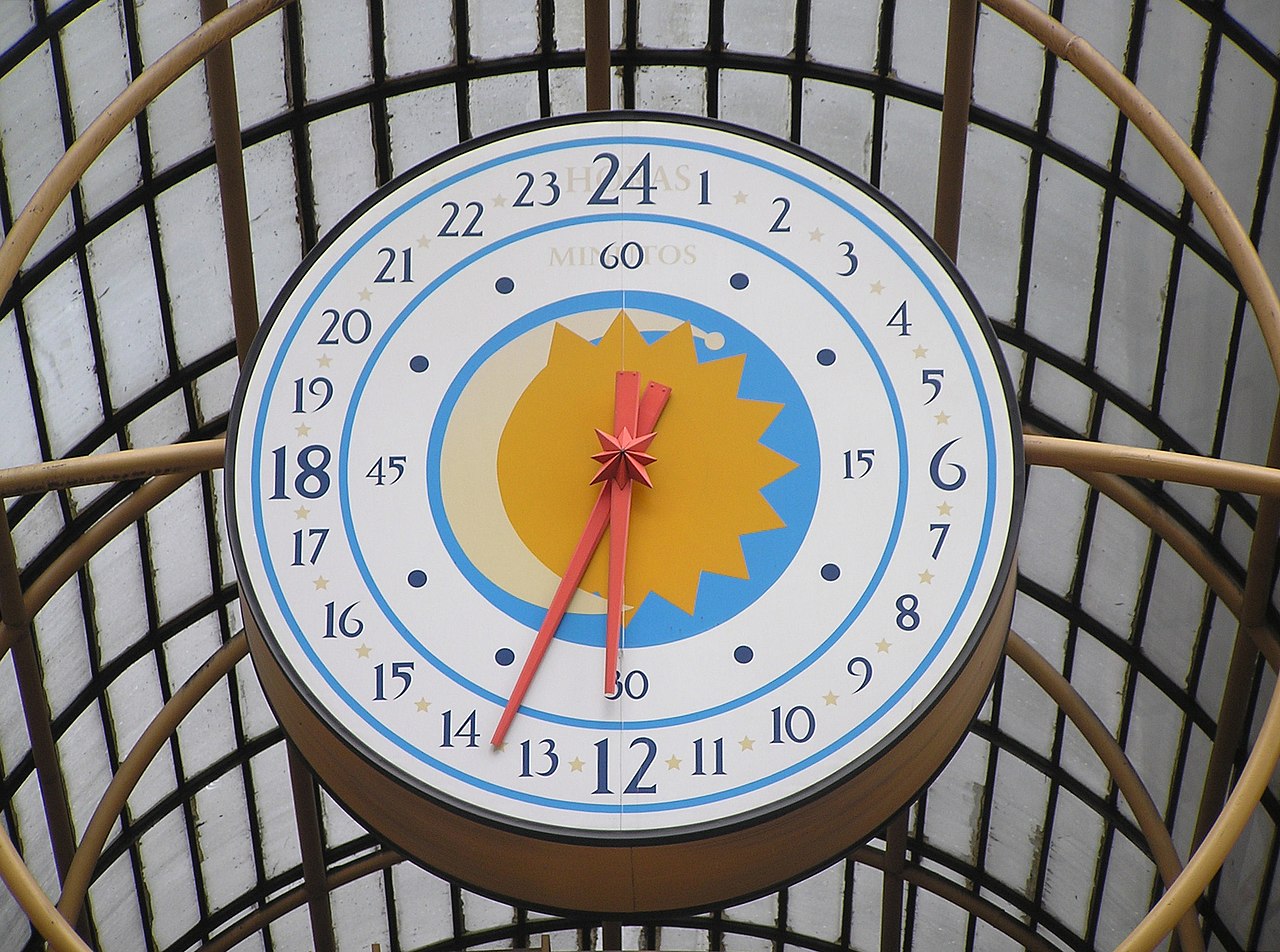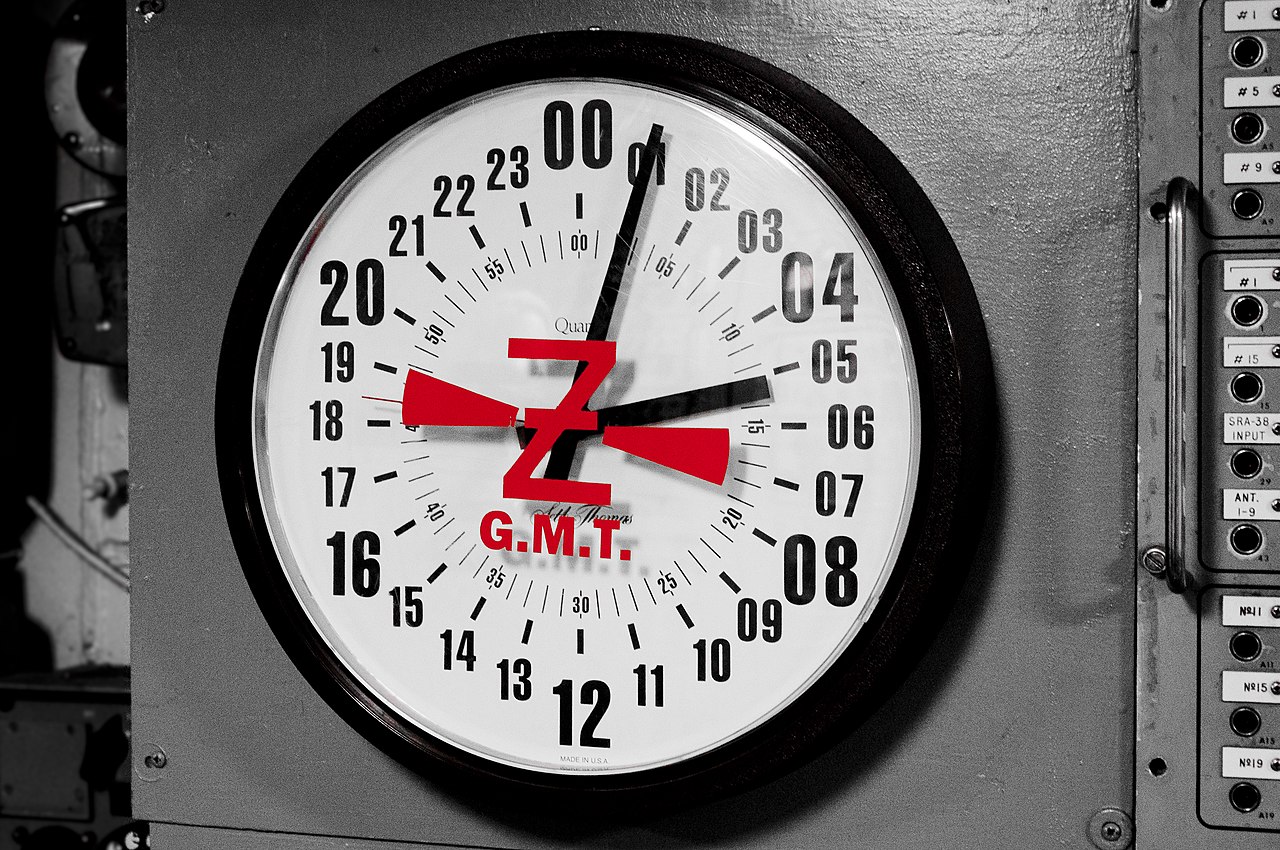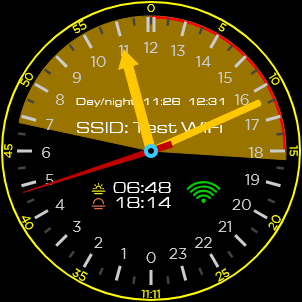
by Marco Paland, October 10
The Timeless Elegance of the 24-Hour Clock
The 24-hour clock has a rich history, with roots tracing back to ancient civilizations. The Egyptians used a similar system, and the concept evolved over centuries, finding its way into the military and later into civilian life. This historical continuity adds depth to its beauty, connecting us to a long tradition of human ingenuity.

While the 12-hour clock remains entrenched in our everyday lives, embracing the 24-hour clock can offer a refreshing change.
Whether for its clarity, efficiency, or sheer elegance, the 24-hour clock is a timeless tool that deserves appreciation.
Clarity and Precision
One of the most compelling features of the 24-hour clock is its clarity. Unlike the 12-hour format, which requires a distinction between AM and PM, the 24-hour clock leaves no room for ambiguity. When you see “14:00,” you know it’s 2 PM without any further thought. This precision is not only crucial for military operations but also invaluable in fields like aviation, computing and international communications.

The 24-hour format has become a universal language of time. It transcends borders and languages, providing a consistent method of timekeeping that can be understood by people from all over the world. This global standardization is particularly beneficial in our interconnected age, where coordination across time zones is an everyday necessity. Our planet operates on a roughly 24-hour cycle, and the 24-hour clock mirrors this natural rhythm. It divides the day into a continuous stream of hours, from midnight to midnight, seamlessly aligning with the Earth’s rotation.
This inherent harmony between human timekeeping and the natural world is both practical and poetic. Another advantage is slow speed of the hour hand which runs at half the speed of a 12-hour clock which may reduce the personal stress level.
Designing a 24-hour Analogue Watch
There’s an undeniable aesthetic appeal in the straightforwardness of the 24-hour clock. It embodies a minimalist philosophy: no frills, just the essentials. This simplicity is not only functional but also visually pleasing, a clean and elegant representation of time.
Using the Clock Facelet makes is very simple to build a 24-hour watch, just select one of the 24-Hour-Top or 24-Hour-Bottom Hour modes and adjust the dial accordingly.
24-Hour-Top places the zero hour on top (12 o’clock position) as seen on the GMT clock above, while 24-Hour-Bottom sets the zero hour to the bottom (6 o’clock position). It’s a matter of personal style and the application field which mode to choose.
For me, it’s more intuitive to have the zero hour at the bottom, similar to the famous BOTTA UNO 24 watch, which takes it even further by omitting the minute hand.
Another advantage of this style is its correlation to the sun’s position, placing noon at the 12 o’clock position.
That being said, we use the Solar Times Provider to obtain actual location based sunrise and sunset times and a Pie Facelet which uses the converted times as start and stop angle. When the hour hand in inside the pie area, it indicates daytime. This creates a nice visual representation of the day/night ratio.
This is what the 24-hour face looks like:

The clock’s center dot displays the actual state of the Time Provider. Additionally, the actual day/night times and the WiFi connection status are displayed.
The share code is: iSkaU6bm
Copy this face, customize colors and enhance it with additional solar or lunar data you like to see!